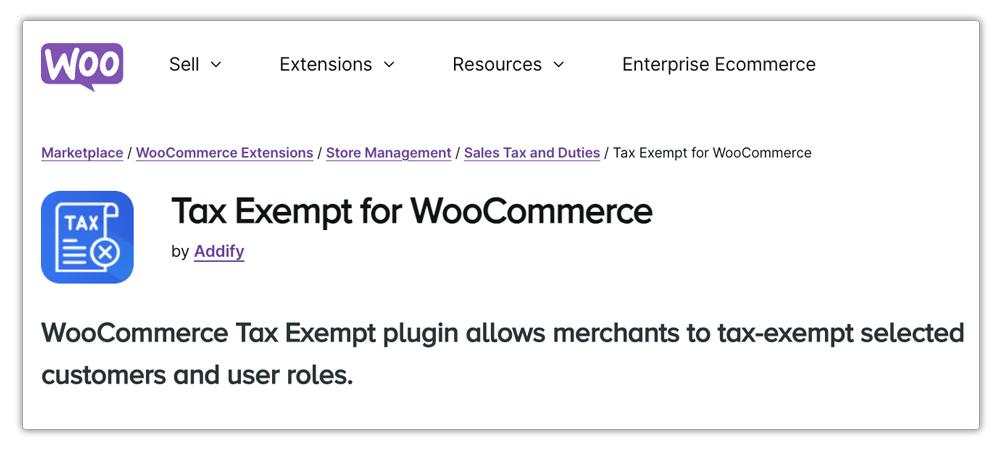Introduction
In the ever-evolving world of e-commerce, setting up a successful online store can feel like navigating a maze of regulations, compliance issues, and technical challenges. If you’re using WooCommerce on WordPress, you’ve already made a smart choice for flexibility and control. But let’s face it—when it comes to taxes, the last thing you want is to be overwhelmed by spreadsheets and legal jargon. What if I told you that you can build a tax-compliant WooCommerce store without drowning in additional overhead?
Imagine running your online business with confidence, knowing that you’re not only meeting your tax obligations but also saving time and resources. In this article, we’ll break down the essential steps to create a robust WooCommerce store that keeps you compliant and focused on what you do best: growing your business. So grab a cup of coffee, and let’s dive into the world of hassle-free tax solutions tailored for your online shop!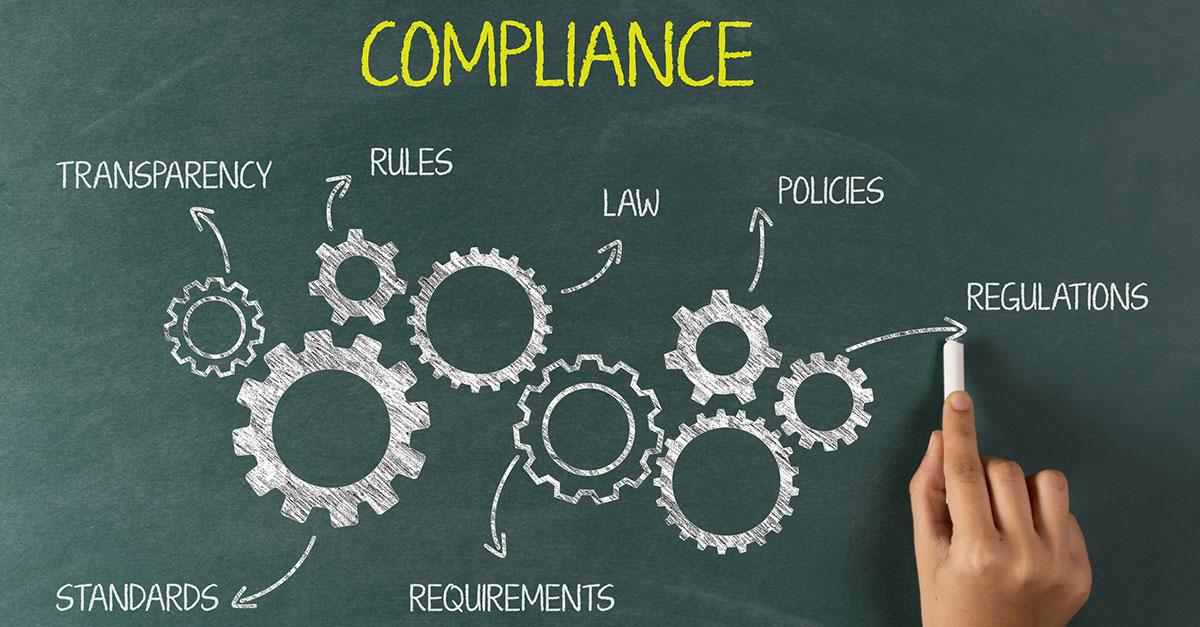
Understanding the Importance of Tax Compliance for Your WooCommerce Store
Every WooCommerce store owner should recognize the critical role that tax compliance plays in the success of their business. Failing to adhere to tax regulations can lead to hefty fines, legal troubles, and damage to your brand’s reputation. When you ensure that your store operates within the legal framework, you not only protect your business but also build trust with your customers. Here’s why tax compliance is non-negotiable:
- Legal Protection: Being compliant safeguards you from audits and penalties that can arise from misreporting or underreporting taxes.
- Business Credibility: Customers are more likely to shop with a store that demonstrates transparency and responsibility, enhancing your brand’s image.
- Financial Health: Staying on top of your tax obligations helps you manage your finances better, ensuring you allocate resources wisely.
To create a tax-compliant WooCommerce store, it’s essential to understand the various sales tax rules that may apply to your business. Different regions have different tax rates, exemptions, and reporting requirements. This is where automation tools come into play. Investing in tax management solutions can take the burden off your shoulders. These tools help you:
- Calculate sales tax: Automatically apply the correct tax rates based on your customers’ locations.
- File returns: Generate reports that simplify the filing process, ensuring you meet deadlines.
- Stay updated: Get notified of changes in tax laws to maintain compliance.
When setting up tax settings in WooCommerce, it’s crucial to configure the tax options correctly. Here’s a simple configuration table to guide you:
| Configuration Option | Recommended Setting |
|---|---|
| Enable Taxes | Yes |
| Show Prices in Tax | Including Tax |
| Display Prices During Checkout | Including Tax |
consider consulting with a tax professional, especially if your business operates across multiple jurisdictions. They can provide personalized advice and ensure that you are not only compliant but also optimizing your tax strategy. By prioritizing tax compliance early in your WooCommerce journey, you set a solid foundation for long-term growth and success.
Essential Steps to Set Up Your WooCommerce Store for Tax Compliance
Setting up your WooCommerce store for tax compliance doesn’t have to be a daunting task. With the right approach, you can ensure your eCommerce business remains compliant without incurring extra overhead. Start by familiarizing yourself with the tax laws specific to your location and the regions you plan to sell to. Understanding the nuances of sales tax, VAT, and other applicable taxes is essential. This foundational knowledge will guide your setup process effectively.
Next, leverage WooCommerce’s built-in tax options. Within your WooCommerce settings, navigate to the Tax tab where you can enable tax calculations. Here, you can specify whether prices displayed on your site include tax or not. Depending on your customer base, you may want to configure the following settings:
- Standard rates: Set your default tax rate based on your primary location.
- Reduced rate: Apply lower tax rates for select goods if applicable.
- Zero rate: Define categories that are exempt from tax.
Moreover, consider using a reliable tax calculation plugin that seamlessly integrates with WooCommerce. Plugins like TaxJar or Avalara offer automated solutions to calculate taxes based on the customer’s location. They can significantly reduce the manual workload of keeping up with changing tax laws and rates. This way, you can focus more on growing your business while maintaining compliance effortlessly.
| Plugin Name | Key Features | Pricing |
|---|---|---|
| TaxJar | Automated sales tax calculations, reports, and filing | Starts at $19/month |
| Avalara | Real-time tax calculation, compliance management | Contact for pricing |
ensure you keep detailed records of all transactions and tax reports. Utilizing WooCommerce’s reporting features can help you track sales tax collected and due. Regularly review these reports to stay on top of your tax obligations. It’s also wise to consult with a tax professional to ensure all your bases are covered as your business grows. By taking these essential steps, you’ll not only achieve tax compliance but also build a solid foundation for your WooCommerce store.

Choosing the Right Payment Gateway for Seamless Tax Calculation
When it comes to ensuring smooth tax calculations for your WooCommerce store, choosing the right payment gateway is crucial. Payment gateways act as the bridge between your customers and your business, handling sensitive financial transactions securely. However, not all gateways are created equal, especially when it comes to tax compliance and ease of integration with your WooCommerce setup.
Here are some key factors to consider when selecting a payment gateway:
- Tax Calculation Features: Look for gateways that offer built-in tax calculation capabilities. Some gateways can automatically calculate sales tax based on the customer’s location, ensuring you remain compliant without manual input.
- Compatibility with WooCommerce: Ensure the payment gateway you choose is fully compatible with WooCommerce. A seamless integration means fewer technical headaches and a smoother user experience.
- Transaction Fees: Consider the fee structure of the payment gateway. Some may charge a flat fee per transaction, while others take a percentage. Choose one that aligns with your budget and expected sales volume.
- Customer Support: Reliable customer support can save you time and hassle. Opt for gateways with responsive support teams that can assist you when issues arise, particularly concerning tax calculations.
- Security Features: The safety of your customers’ financial information is paramount. Ensure the payment gateway complies with PCI standards and offers encryption to protect sensitive data.
Let’s take a look at a comparison of some popular payment gateways and their features relevant to tax calculations:
| Payment Gateway | Tax Calculation | WooCommerce Integration | Transaction Fees | Customer Support |
|---|---|---|---|---|
| PayPal | Automatic based on location | Seamless | 2.9% + $0.30 | 24/7 Support |
| Stripe | Customizable tax settings | Easy setup | 2.9% + $0.30 | Excellent Documentation |
| Square | Automatic & Manual options | Quick integration | 2.6% + $0.10 | Live Chat |
| Authorize.Net | Advanced tax tools | Compatible | $0.10 + 2.9% | Phone & Email |
By carefully evaluating these aspects, you can pinpoint a payment gateway that not only facilitates smooth transactions but also simplifies your tax compliance. A well-chosen gateway will minimize your overhead and allow you to focus on growing your business while keeping your financial operations in check.
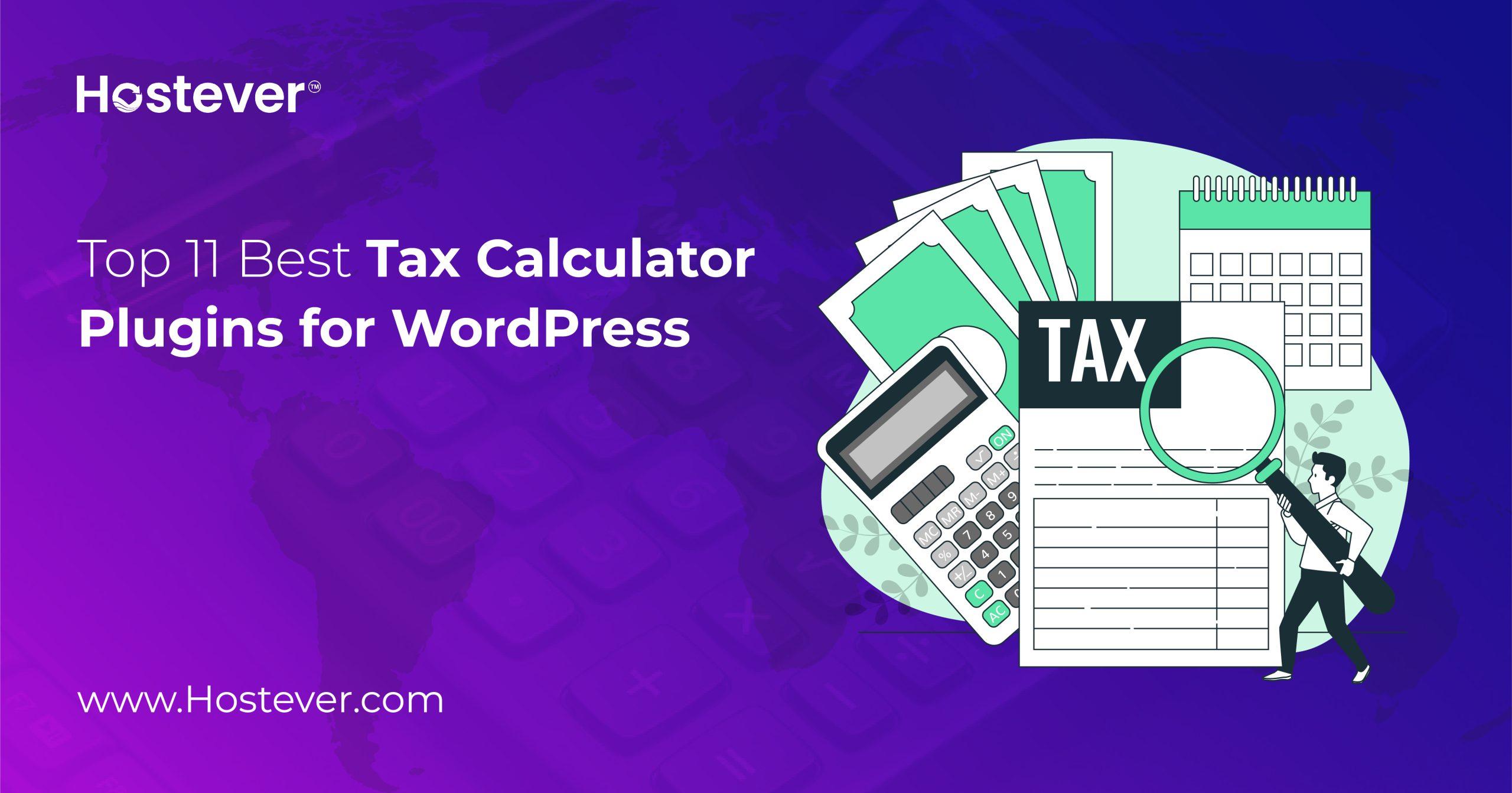
Leveraging Tax Plugins to Simplify Your Tax Management
Tax management can often feel overwhelming, especially for WooCommerce store owners juggling numerous responsibilities. However, with the right tax plugins, you can streamline this process, ensuring compliance without the usual headaches. These tools not only simplify calculations but also help you stay updated with the ever-changing tax regulations.
When selecting a tax plugin, consider options that offer automatic tax rate updates. This feature ensures that your store always applies the correct rates based on the latest regulations, saving you time and reducing the risk of errors. Popular plugins like WooCommerce Tax and TaxJar integrate seamlessly with your store, providing a stress-free experience. Here’s what to keep in mind:
- Ease of Use: Look for plugins with intuitive interfaces that don’t require technical expertise.
- Comprehensive Coverage: Ensure the plugin supports multiple jurisdictions, especially if you sell internationally.
- Reporting Features: Choose tools that offer detailed reports to simplify your filing process.
Additionally, many tax plugins come with dedicated support teams. Having access to expert assistance can be a game changer, especially when you encounter complex tax scenarios. Look for plugins that provide prompt customer support and extensive documentation to help you navigate any issues that arise.
Want to visualize the difference these plugins can make? Consider the potential impact on your workflow:
| Before Tax Plugin | After Tax Plugin |
|---|---|
| Manual tax calculations | Automatic tax calculations |
| Frequent errors in tax filings | Accurate, compliant filings |
| Time-consuming reports | Instant report generation |
By integrating a tax plugin into your WooCommerce store, you’re not just adopting a tool; you’re embracing a smarter way to manage your business. This small adjustment can lead to significant time savings and peace of mind, allowing you to focus more on growing your store and less on the complexities of tax compliance.
Setting Up Tax Classes and Rates for Different Product Types
When it comes to managing taxes in your WooCommerce store, setting up the right tax classes and rates for different product types is crucial. This ensures that you’re compliant with tax regulations and helps avoid any unexpected costs down the line. By categorizing your products correctly, you can apply specific tax rates based on the nature of each item, which can ultimately save you money and streamline your accounting process.
Begin by determining which product types in your store require different tax treatments. Common categories include:
- Digital products – These often have different tax obligations compared to physical goods.
- Clothing – Many regions exempt clothing from sales tax or apply reduced rates.
- Food items – Grocery items frequently come with special tax rules.
Once you’ve identified your product categories, navigate to the WooCommerce Settings page in your WordPress dashboard. Under the Tax tab, you can create new tax classes. Simply add the name of each class (e.g., “Digital Goods,” “Clothing Tax Exempt”) and save your changes. Each class will allow you to set distinct rates applicable to the products you categorize under them.
Next, it’s time to define the tax rates for these classes. Click on the appropriate tax class to add rates. You’ll need to specify:
- Country Code – Where the tax applies.
- State Code – If applicable, to target specific states within a country.
- City Code – For local tax rates.
- Rate % – The percentage rate applicable to this class.
To help visualize your tax structure, consider using a table format like the one below:
| Tax Class | Country | Rate (%) |
|---|---|---|
| Digital Goods | US | 7.0 |
| Clothing Tax Exempt | US | 0.0 |
| Food Items | US | 2.5 |
By following these steps, not only do you ensure your tax configuration meets local laws, but you also provide a transparent shopping experience for your customers. Clear tax breakdowns can help build trust and enhance customer satisfaction, leading to repeat business.
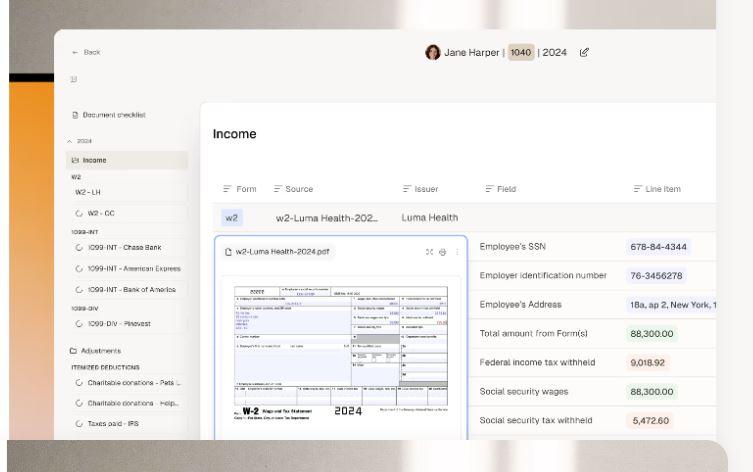
How to Automate Tax Reporting and Filing for Your Store
Automating tax reporting and filing for your WooCommerce store can significantly reduce the time and effort involved in managing your finances. By integrating the right tools and plugins, you can streamline your tax processes and ensure compliance without adding overhead to your operations. Here’s how you can set up an efficient system:
- Choose the Right Tax Plugin: Consider using plugins like TaxJar or Avalara. These tools can automatically calculate sales tax for each transaction based on customer location, ensuring you charge the correct amount every time.
- Enable Auto-Reporting: Many tax plugins offer automated reporting features. Set up your plugin to generate monthly or quarterly tax reports that can be directly exported to your accounting software.
- Integrate with Accounting Software: Platforms like QuickBooks or Xero can be seamlessly integrated with your WooCommerce store. This integration helps in automatically syncing sales data, which simplifies tax calculations and filing.
For a deeper dive into the numbers, consider using a structured table to track your sales tax liabilities. Here’s a simple example of how to organize your tax reporting data:
| Month | Total Sales | Sales Tax Collected | Sales Tax Due |
|---|---|---|---|
| January | $5,000 | $400 | $400 |
| February | $7,500 | $600 | $600 |
| March | $10,000 | $800 | $800 |
Setting up automated reminders for filing due dates can also save you from last-minute rushes. You can use tools like Google Calendar or your accounting software’s reminder feature to keep track of when your tax submissions are due.
Lastly, consider regular reviews of your tax settings. As tax laws can change frequently, it’s beneficial to stay updated and adjust your WooCommerce settings accordingly, ensuring that you remain compliant without incurring any unnecessary costs.
Tips for Staying Updated with Changing Tax Regulations
Staying on top of ever-evolving tax regulations can feel overwhelming, especially for online store owners. However, integrating a few proactive strategies can simplify your efforts and ensure compliance.
- Subscribe to Tax Newsletters: Many reputable tax organizations and financial news outlets offer newsletters that cover regulatory changes. Opt for those tailored to e-commerce, which can provide insights specific to online sales.
- Follow Industry Blogs: Engage with blogs that specialize in tax compliance for e-commerce businesses. These platforms often discuss updates in a relatable way, breaking down complex regulations into digestible information.
- Join Community Forums: Participate in online forums or groups dedicated to WooCommerce and tax compliance. These communities can be invaluable for sharing knowledge and experiences with other store owners facing similar challenges.
Utilizing technology can also be a game changer in maintaining compliance. Consider implementing tools and plugins that help manage tax calculations and reporting. WooCommerce has various extensions designed for this purpose, allowing for seamless integration with your store. Here are a few popular options:
| Plugin | Features | Cost |
|---|---|---|
| WooCommerce Tax | Automatic tax calculations based on location | Free |
| TaxJar | Automated sales tax reporting and filing | Starts at $19/month |
| Quaderno | Real-time tax calculations and invoice generation | Starts at $29/month |
Lastly, consider consulting with a tax professional who specializes in e-commerce. They can provide personalized advice and keep you informed about regulatory changes that directly affect your business. Investing in expert guidance can save you from costly mistakes and ensure a smoother experience as your store grows.
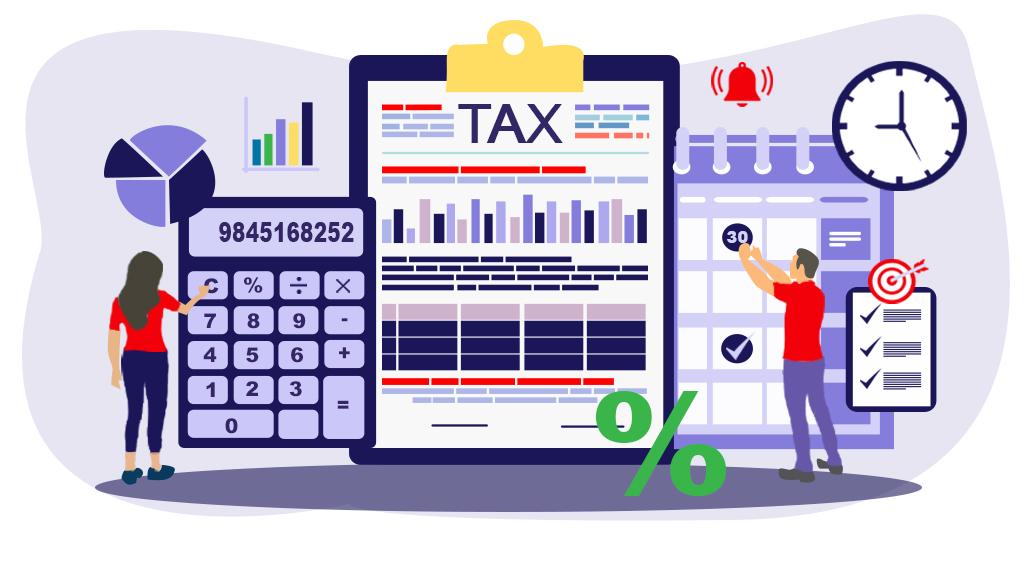
Common Mistakes to Avoid When Managing Taxes in WooCommerce
Managing taxes in your WooCommerce store can be a daunting task, especially with the myriad of regulations that vary by region. One common pitfall is neglecting to set up tax rates correctly. Ensure you define tax classes for different product types, as this will help you apply the right tax rates automatically. If you skip this step, you might end up overcharging or undercharging your customers, which can lead to compliance issues.
Another frequent mistake is failing to update tax rates regularly. Tax laws are not static; they change frequently. If you’re not vigilant about keeping your tax rates up-to-date, you may find yourself in hot water with tax authorities. To avoid this, consider setting reminders to check tax rates periodically or subscribing to a tax rate update service that integrates with WooCommerce.
Many store owners also overlook the importance of testing the checkout process. After configuring your tax settings, it’s essential to perform test transactions to ensure taxes are calculated correctly. A small oversight here can create confusion for customers and lead to a poor shopping experience. Make it a habit to run through the checkout process regularly, especially after making any changes to your tax configurations.
Lastly, don’t underestimate the value of maintaining clear records. Keeping detailed sales records can save you a lot of headaches during tax season. Make sure to regularly export your sales data and categorize it by tax class. This practice not only helps in filing taxes accurately but also provides insights into your sales trends. Here’s a simple table structure to help you organize your records:
| Order ID | Product | Tax Class | Tax Amount | Date |
|---|---|---|---|---|
| 1001 | Widget A | Standard | $5.00 | 2023-01-15 |
| 1002 | Gadget B | Reduced | $2.00 | 2023-01-18 |
| 1003 | Thingamajig C | Zero Rate | $0.00 | 2023-01-20 |
By steering clear of these common mistakes, you’ll not only ensure compliance but also streamline your tax management process, allowing you to focus on growing your business.

Building Trust with Customers Through Transparent Tax Practices
Building a reputable WooCommerce store involves more than just a seamless shopping experience; it also means prioritizing compliance and transparency in your tax practices. By establishing clear and open communication about how you handle taxes, you foster an environment of trust with your customers. This can be achieved through various means that ensure they feel informed and secure in their transactions.
One effective way to enhance transparency is by providing detailed information on your tax policies. Consider including a dedicated section on your website, outlining:
- Applicable tax rates: Specify the tax rates based on customer location.
- Tax calculation methods: Explain how taxes are calculated during checkout.
- Tax-exempt purchases: Clarify any criteria under which taxes may not apply.
- Regular updates: Communicate any changes in tax laws or practices that could affect customers.
Additionally, integrating plugins that automate tax calculations can significantly streamline compliance. These tools not only reduce the risk of errors but also save you time, allowing you to focus on enhancing customer experience. Popular options include:
- WooCommerce Tax: Automatically calculates sales tax based on customer location.
- TaxJar: Provides real-time sales tax calculations and reporting.
- Avalara: Offers a comprehensive solution for tax compliance across various jurisdictions.
Another critical aspect of building trust is offering clear invoices that itemize taxes separately. Customers appreciate transparency in billing, and it also serves as a confirmation of the legitimacy of your tax practices. Below is an example of how an invoice might be structured:
| Item Description | Price | Tax |
|---|---|---|
| Product A | $50.00 | $4.00 |
| Product B | $30.00 | $2.40 |
| Total | $80.00 | $6.40 |
Lastly, encourage feedback from your customers regarding their purchasing experience, particularly with respect to tax clarity. This engagement not only reinforces trust but also provides valuable insights that can enhance your practices. By openly addressing any questions or concerns, you position your store as a reliable and customer-centric business.

Final Thoughts on Running a Tax-Compliant WooCommerce Store Effortlessly
Maintaining a tax-compliant WooCommerce store doesn’t have to be a daunting task. With the right strategies in place, you can streamline your tax management processes, allowing you to focus more on growing your business. Here are a few key insights to keep in mind:
- Stay Updated on Tax Regulations: Tax laws can change frequently. It’s essential to keep abreast of any updates that might affect your store. Consider subscribing to tax newsletters or joining forums where other WooCommerce users discuss compliance.
- Utilize Tax Automation Plugins: Leverage plugins designed to automate tax calculations and reporting. Tools like WooCommerce Tax or TaxJar can save you time and reduce errors, ensuring that you are charging the correct sales tax for each transaction.
- Implement Clear Tax Display: Transparency is key for customer trust. Clearly display tax amounts during checkout, so customers know exactly what they are paying. This can lead to a smoother shopping experience and fewer abandoned carts.
Another essential aspect of maintaining compliance is accurate record-keeping. Regularly review your sales data to ensure that you are reporting the right figures. This not only helps you during tax season but also aids in identifying trends within your sales patterns, which can inform your business decisions.
Consider setting up a dedicated section in your WooCommerce dashboard for monitoring taxes. You can create a simple table to track the following elements:
| Month | Total Sales | Sales Tax Collected |
|---|---|---|
| January | $10,000 | $800 |
| February | $12,000 | $960 |
| March | $15,000 | $1,200 |
By implementing these practices, you can run your WooCommerce store with confidence, knowing that you are compliant and ready for any tax-related inquiries. Focus on creating an excellent customer experience, and let tax management become a seamless part of your operations.
Frequently Asked Questions (FAQ)
Q&A: How to Build a Tax-Compliant WooCommerce Store on WordPress Without Extra Overhead
Q1: Why is tax compliance important for my WooCommerce store?
A1: Tax compliance is crucial for any online business, as it ensures you’re adhering to local, state, and federal regulations. Failing to comply can lead to hefty fines or legal issues, which can derail your business. By building a tax-compliant WooCommerce store, you not only protect your business but also build trust with your customers. They want to feel secure knowing that you’re handling taxes correctly.
Q2: What do I need to know before starting my WooCommerce store?
A2: Before diving in, familiarize yourself with the tax laws specific to your location, as they can vary widely. Understand the different types of taxes you may need to collect, such as sales tax for physical goods or digital goods tax. Also, consider your target market and where they are located, as this can affect your tax obligations. Starting with a solid foundation will save you time and headaches down the road.
Q3: Can I handle tax compliance without hiring a professional?
A3: Absolutely! WooCommerce is designed to be user-friendly, and there are plenty of plugins available that can simplify tax calculations and compliance. With tools like WooCommerce Tax or third-party solutions like TaxJar, you can automate much of the process. This means you can manage your tax obligations without incurring extra overhead costs. Just ensure you keep yourself updated on any changes in tax regulations.
Q4: How can I set up my WooCommerce store for tax compliance?
A4: Start by enabling tax settings in your WooCommerce dashboard. Go to WooCommerce > Settings > General, and check the box to enable taxes. From there, you can configure tax options, set up tax classes, and define rates based on your business location and where you sell. It’s a straightforward process, and WooCommerce provides clear guidelines to help you every step of the way.
Q5: What about handling international sales?
A5: International sales can be tricky due to varying tax laws worldwide. It’s essential to know if you need to collect VAT or GST from customers in other countries. Plugins like WooCommerce Multilingual or Easy Digital Downloads can help you manage these complexities. Additionally, services like Avalara can ensure that you’re compliant with international tax laws, all without adding significant overhead.
Q6: Should I keep records of my tax transactions?
A6: Yes, maintaining thorough records of all transactions is essential for tax compliance. This includes invoices, receipts, and any tax collected from customers. Not only does this help you track your financial health, but it also prepares you for any future audits. Many accounting tools integrate with WooCommerce to streamline this process, making it easier than ever to stay organized.
Q7: What common mistakes should I avoid when building my tax-compliant WooCommerce store?
A7: One of the biggest mistakes is underestimating tax obligations. Many store owners fail to account for all sales tax rates or overlook certain products that may have unique tax rules. Another common mistake is neglecting to keep updated with tax changes. Make sure to regularly review your settings and stay informed about any new legislation that could impact your store.
Q8: How can I ensure my customers feel confident in my tax practices?
A8: Transparency is key! Clearly display your tax policy on your website and ensure that your checkout process itemizes taxes so customers know what they’re paying. Providing a detailed FAQ about how taxes are handled can also enhance trust. When customers see that you’re knowledgeable and proactive about tax compliance, it boosts their confidence in your brand.
Q9: Is it really possible to build a tax-compliant store without breaking the bank?
A9: Absolutely! With the right tools and resources, you can create a tax-compliant WooCommerce store on a budget. Take advantage of free or low-cost plugins, utilize the built-in features of WooCommerce, and leverage online resources and communities. By being strategic and informed, you can manage your tax obligations efficiently without incurring extra costs.
Q10: What’s the first step I should take right now?
A10: Start by researching the tax laws that apply to your specific business and location. From there, set up your WooCommerce store by enabling tax features and choosing the right plugins to automate processes. Remember, each step you take toward compliance not only protects your business but also positions you for long-term success. You’ve got this!
The Conclusion
building a tax-compliant WooCommerce store on WordPress doesn’t have to be a daunting task filled with hidden fees and extra overhead. With the right tools, resources, and a little bit of know-how, you can set up a robust online store that not only meets tax regulations but also provides a seamless shopping experience for your customers.
Remember, the key is to take it step by step. Utilize the plugins and resources we’ve discussed, stay informed about your local tax laws, and don’t hesitate to reach out for support when needed. The peace of mind that comes with knowing your store is compliant and running smoothly is invaluable.
So, why wait? Dive into the exciting world of e-commerce with confidence! Your tax-compliant WooCommerce store is just a few clicks away. Start building today, and watch your online business thrive without the worry of tax-related complications. Happy selling!

